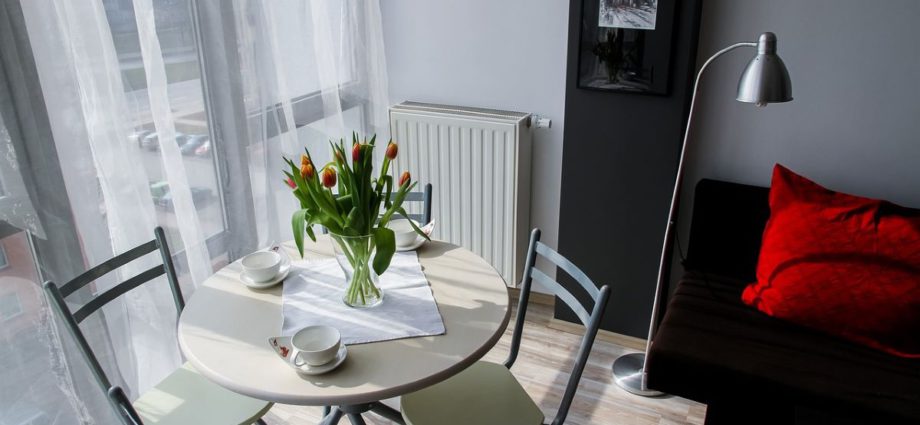Building design plays a pivotal role in shaping not only the physical environment but also the mental and emotional well-being of its occupants. From the layout of spaces to the choice of materials, lighting, and even the incorporation of natural elements, every aspect of architectural design can influence our mental health in profound ways. Here, we will explore the various ways in which building design supports and promotes mental health.
Creating Safe and Comfortable Spaces
One of the fundamental aspects of building design that supports mental health is the creation of safe and comfortable spaces. This involves careful consideration of factors such as lighting, ventilation, and acoustics to ensure that occupants feel at ease within their environment. Natural light, for example, has been shown to have a positive impact on mood and productivity, while poor ventilation and excessive noise can contribute to feelings of stress and discomfort.
Promoting Social Interaction

Building design can also play a crucial role in promoting social interaction and fostering a sense of community. Shared spaces such as common areas, gardens, and recreational facilities encourage people to come together, interact, and form connections with one another. These social interactions not only provide a sense of belonging and support but also help to combat feelings of isolation and loneliness, which are significant contributors to poor mental health.
Incorporating Nature into the Built Environment
Another way in which building design supports mental health is by incorporating elements of nature into the built environment. Biophilic design principles advocate for the integration of natural elements such as plants, water features, and natural materials into architectural spaces. Employing materials like aluminium cladding can also create sleek, modern exteriors that still resonate with natural elements. Aluminium screens strategically placed throughout the structure can filter sunlight, casting calming patterns reminiscent of dappled forest shade. This harmonious blend of nature and contemporary architecture promotes a sense of serenity and connection to the outdoors, fostering mental well-being among occupants.
Creating Spaces for Reflection and Meditation
Building design can also support mental health by providing spaces for reflection, meditation, and mindfulness. Quiet rooms, meditation gardens, and designated relaxation areas offer occupants a retreat from the hustle and bustle of daily life, allowing them to recharge and centre themselves. These spaces are particularly important in high-stress environments such as workplaces and healthcare facilities, where individuals may need a moment of respite to regain their composure and focus.
Designing for Accessibility and Inclusivity
Building a design that is inclusive and accessible to all individuals is essential for promoting mental health. By ensuring that spaces are easily navigable, comfortable, and accommodating to people of all abilities, architects and designers can create environments that foster a sense of belonging and empowerment. Accessible design features such as ramps, elevators, and wide doorways not only benefit people with physical disabilities but also contribute to a more inclusive and welcoming environment for everyone.
Supporting Emotional Expression and Creativity
Building design can support mental health by providing opportunities for emotional expression and creativity. Art installations, interactive exhibits, and collaborative workspaces encourage individuals to express themselves freely and engage in creative pursuits. These creative outlets can be therapeutic for people dealing with mental health issues, providing a means of self-expression, stress relief, and personal fulfilment.
All in all, building design plays a crucial role in supporting and promoting mental health. By creating safe, comfortable, and inclusive spaces that encourage social interaction, incorporate elements of nature, provide opportunities for reflection and meditation, and support emotional expression and creativity, architects and designers can contribute to the well-being of individuals and communities alike. As we continue to prioritise mental health in our built environment, it is essential to recognise the power of design to positively impact our mental and emotional well-being.





